Navy Chief Petty Officer Ken Dequena and Lt. Cmdr. Trisha Kelly operate a patrol boat during an inbound transit off the coast of Long Beach, Calif., Oct. 29, 2020.
Providing up-to-date information, news and original content on American Military issues.
Navy Chief Petty Officer Ken Dequena and Lt. Cmdr. Trisha Kelly operate a patrol boat during an inbound transit off the coast of Long Beach, Calif., Oct. 29, 2020.
Nov. 3, 2020 | BY Terri Moon Cronk , DOD News
The new director of the Defense Department's Sexual Assault Prevention and Response Office hit the ground running after being in the field for many years and hearing firsthand service members' concerns about sexual assault and harassment.
Army Maj. Gen. Clement S. Coward, the former commanding general of the 32nd Army Air and Missile Defense Command, joined the SAPRO team in early September.
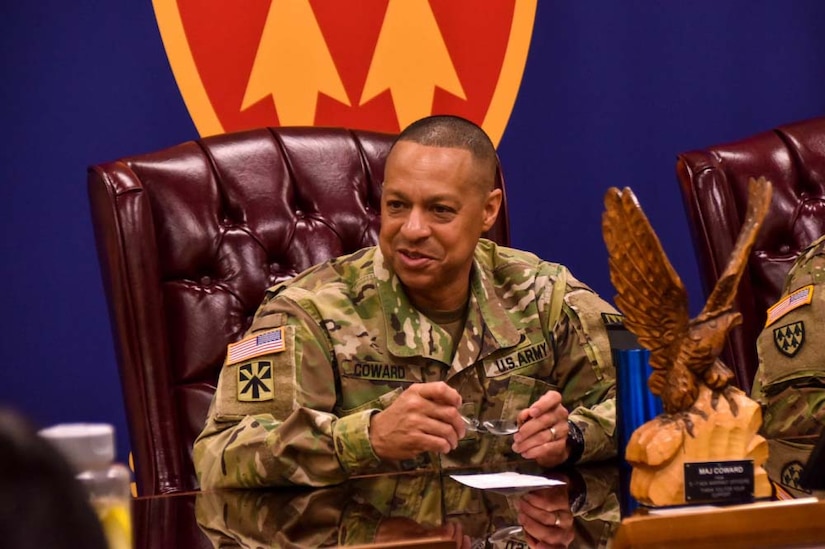
"Major General Coward's leadership experience over his distinguished career will bring a critical perspective in our fight against sexual assault and harassment," Elizabeth P. Van Winkle, the Executive Director of DOD's Office of Force Resiliency, said. "His previous successes as a commander will generate greater understanding and collaboration across the Department, and I am confident that his leadership will prove vital in our efforts."
The general said he understands, personally, how sexual assault can affect servicemen's and servicewomen's readiness and other factors in their lives. As a result, he said sexual assault awareness and prevention must be a priority for commanders, as it was for him in the field.
"Ensuring we have a ready force capable of high-level performance is my top priority. However, that can only come with treating all who serve with dignity and respect," Coward said. "Every service member must be able to trust that unit commanders' and leadership's response to sexual assault and harassment occurs with "zero-defects" — we must get this right, every time."
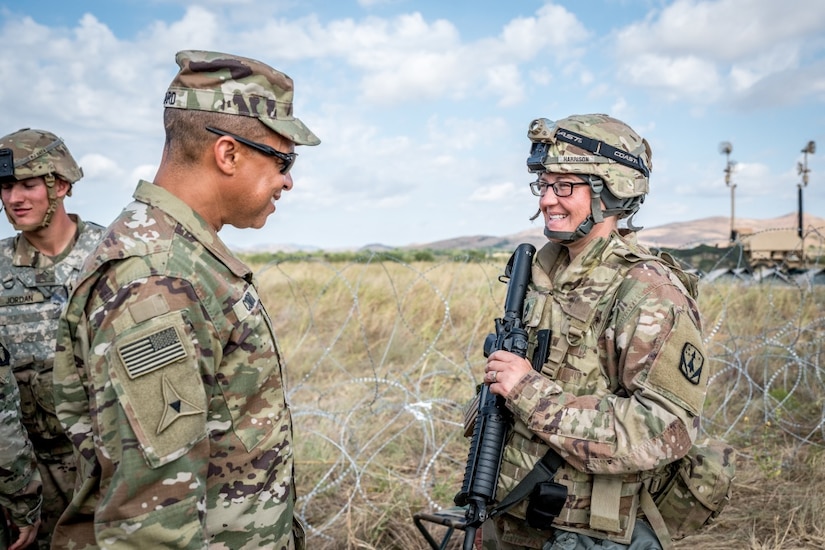
Dr. Nate Galbreath, SAPRO deputy director, testified in July before the House Armed Services Committee that data shows the estimated prevalence rates of sexual assault in DOD has decreased by more than a third in the past 14 years, and reporting sexual assault is four times what it was in 2006.
However, Dr. Galbreath also noted that the DOD's most recent survey of active duty personnel in 2018 showed an increase in the prevalence of sexual assault on women. Additionally, that year, about 24% of active-duty women and 6% of active-duty men indicated experiencing behavior consistent with sexual harassment in the year before being surveyed. His message to Congress was that work still needs to be done. Coward agreed 110%, he said.
Coward acknowledged that some men and women continue to be reluctant to report sexual assault out of embarrassment or fear of retaliation. He stressed that service members deciding to report an incident is a personal decision and they can confidentially check with their local sexual assault response coordinator or victim advocate. He added that everyone is working hard to provide service members with the help they need to recover. Coward also stressed the special responsibility that command holds to ensure service members can rely on leaders when making a report.
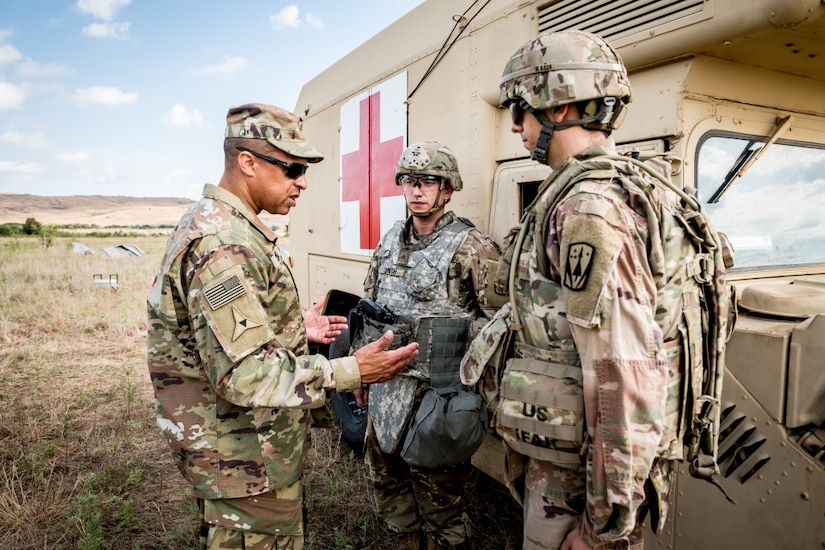
Major General Coward also noted that unit culture plays a role in the occurrence of sexual assault in the military: DOD data show that workplaces with high levels of sexual harassment or incivility also have higher rates of sexual assault.
"I've always worked in diverse organizations, even in the air defense branch, which is considered to be a 'combat arms branch.' Diversity makes us better warriors, whether those differences be in gender, race, education, or experience. When the Army introduced, for instance, women in infantry and other traditionally male units, sexual assault and sexual harassment remained at the very top of my list of non-negotiable behaviors. It simply must not happen in the profession of arms. Zero tolerance. However, if it does happen, we want everyone to pick the reporting option that is right for them and get the help they need."
Fighting the battle against sexual assault and harassment is what motivates Coward each morning to give his best: "I ask myself 'What can I personally do to make a difference and carry the water of the young servicemen and women out there in order for them to do their jobs?' I spend the rest of the day working with the SAPRO team on sustainable, adaptable answers to that question."
To find out more about sexual assault reporting options and support, contact the DOD SafeHelpline, the sole hotline for members of the DOD community affected by sexual assault, call 877-995-5247 or visit https://safehelpline.org. The 24/7 Safe Helpline is a completely anonymous, confidential, and specialized service to provide help and information to members of the military community anytime, anywhere.
Marine Corps Capt. Carlos Aguirre fires an M4 carbine during training at Eielson Air Force Base, Alaska, Oct. 17, 2020.
Sailors travel in a patrol boat during a security site survey off the coast of Long Beach, Calif., Oct. 29, 2020.
Air Force’s Ben Peterson outruns Boise State's Kekaula Kaniho during a football game at the U.S. Air Force Academy in Colorado Springs, Colo., Oct. 31, 2020.
Nov. 3, 2020 | BY C. Todd Lopez , DOD News
At its simplest, the Defense Department's new data strategy, released in September, aims to make it easier for users to get access to the data they need to do their job. At the center of that, however, are the warfighters and decision makers who are most reliant on critical, accurate and timely data to carry out the department's mission, said the department's chief data officer.

"This strategy is for warfighters and decision makers," said David Spirk, who spoke Oct. 28 at the National Defense Industrial Association. "It's 100 percent focused on improving the speed and execution of decisions — to support informed decision making, to improve situational awareness and knowledge at every level, to improve our ability to anticipate events and resource needs before they were known."
To ensure the fastest, smoothest distribution of data to warfighters, decision makers, and even artificial intelligence systems, the DOD data strategy lays out a plan to, among other things, standardize how data is collected, categorized, tagged and distributed.
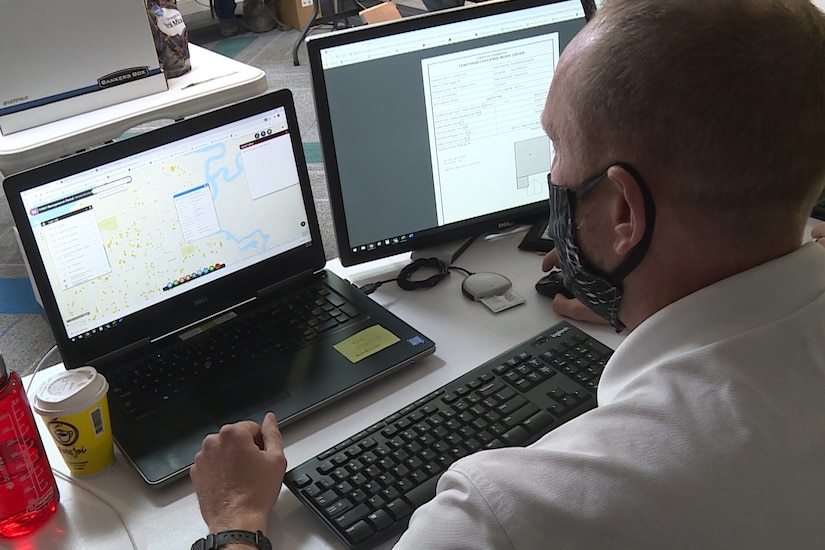
The strategy sets goals for the department to build a data environment that makes it easy for would-be users of data to not only find what data they need, but to also get access to it — wherever that is. That data must also be adequately described in language that is standardized across the department, so that would-be users can easily identify its relevance to their portion of the mission.
Also important within the strategy is that data be trustworthy. The strategy calls for development of standards to ensure that when users get ahold of data, for instance, it's always accompanied by additional, standardized information that makes it clear where that data came from.

The strategy demands a lot of changes from those across the department who collect, generate and maintain data, so that users in other areas can always have what they need, when they need it. Spirk said getting those people on board will be critical to the success of the data strategy.
One way to do that, he said, is creation of chief data officer positions, where appropriate, to ensure the data strategy is being implemented and, also, to build relationships and trust between agencies so that data can move to where it needs to be more efficiently than it may be doing now.
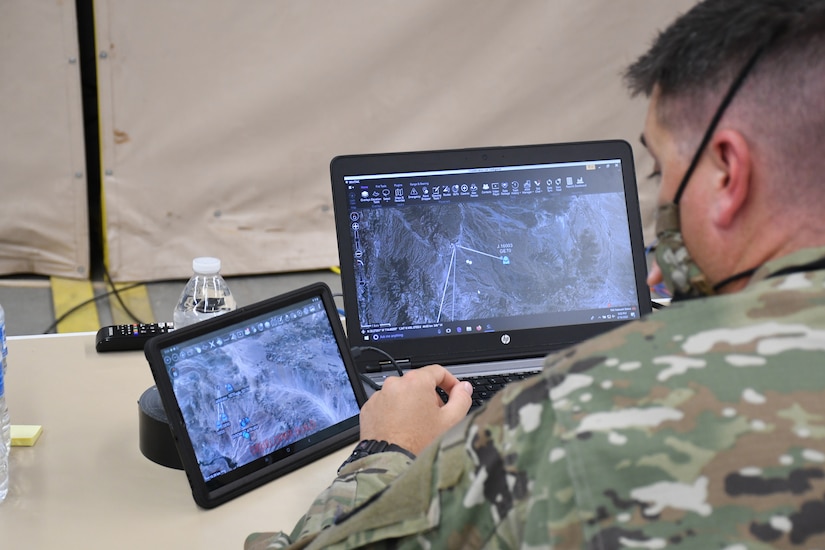
Spirk said the department will know it has been successful in implementing its data strategy by how the warfighter responds.
"The measure of our success is going to be a recognizably faster warfighting operation tempo," he said. "This will be achieved by treating data as a weapon system, effective partnerships and a collective focus. And when I say weapon system, I mean we need to think of the data ecosystem as the weapon system that fires the data and ensures it's available to our warfighters at the time and place they need it before they realize that they did."
Arizona National Guard service members deliver groceries to area residents at a food bank in Tonopah, Ariz., Nov. 2, 2020. The Arizona National Guard has activated more than 800 Arizona citizen soldiers and airmen to support the community during this state of emergency response.
Nov. 3, 2020 | BY David Vergun , DOD News
Robert Tyre (Bobby) Jones Jr. is said to have been the most successful amateur golfer ever to have competed at the national and international levels. The reason he competed as an amateur is because he worked full time as an attorney in Atlanta, Georgia.
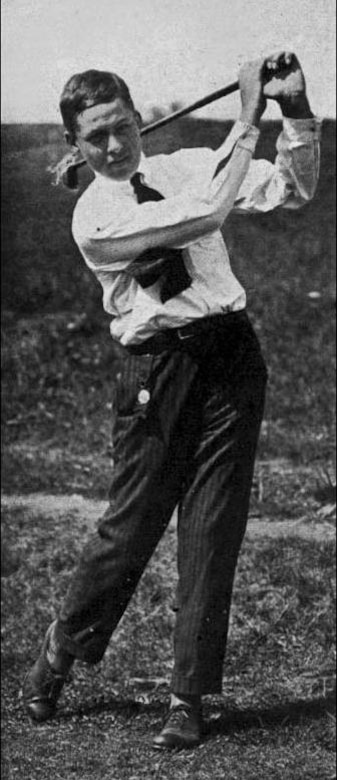
He won the U.S. Open in 1923, 1926, 1929 and 1930; the Open Championship in 1926, 1927 and 1930; the U.S. Amateur in 1924, 1925, 1927, 1928 and 1930; and the British Amateur in 1930.
After retiring from competitive golf, he founded the Augusta National Golf Club in Augusta, Georgia, in 1933; in 1934, he co-founded the Masters Tournament.
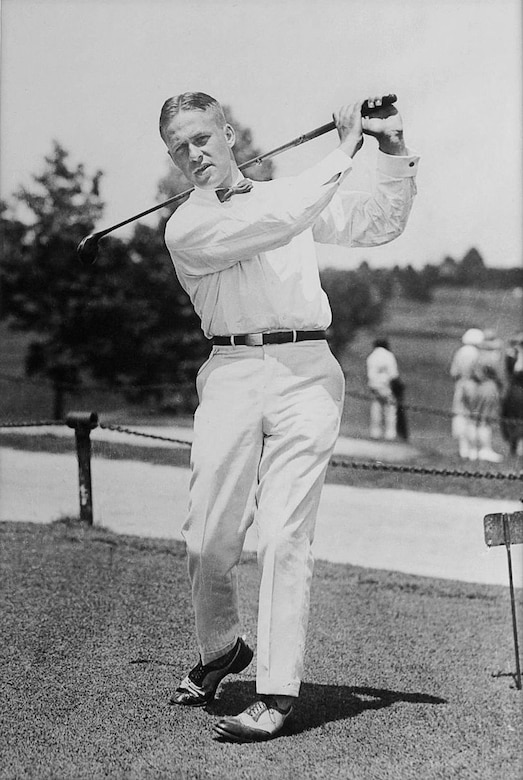
In May 1942, Jones volunteered and was accepted for military service in the Army officer corps, although at 40 years old he was considered borderline too old. In June 1942, he was assigned to the First Fighter Command at Mitchel Field on Long Island, New York.
By March 1943, he was promoted to major, and later that year, he was assigned as a military intelligence officer for the 84th Fighter Wing of the Ninth Air Force; he then deployed in England.
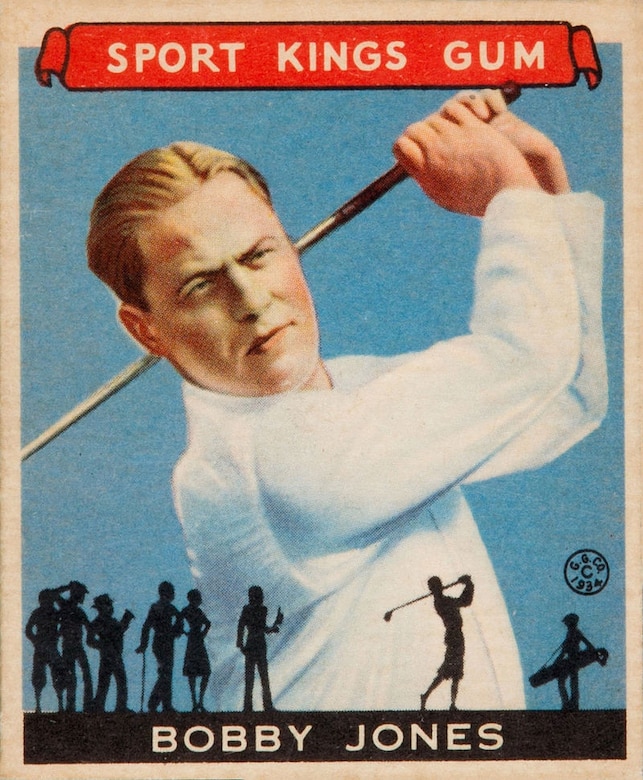
Just a day after the June 6, 1944, D-Day landings on the Normandy coast in France, Jones went ashore.
His unit eventually was assigned to the infantry, and he spent two months interrogating German prisoners of war before being discharged in August 1944 with the rank of lieutenant colonel.
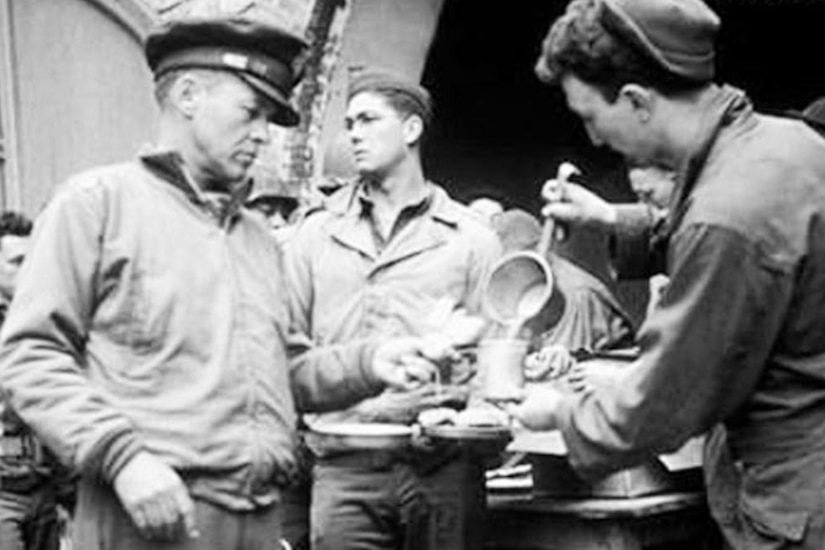
During the war, Jones had the honor of dining with Army Gen. Dwight D. Eisenhower, the supreme commander of the Allied Expeditionary Force in Europe. In 1948, Eisenhower, an avid golfer, would become a member of Augusta National.
In August 1944, Jones, then a lieutenant colonel, was granted an honorable discharge from the Army.
In 1971, Jones died at age 69.
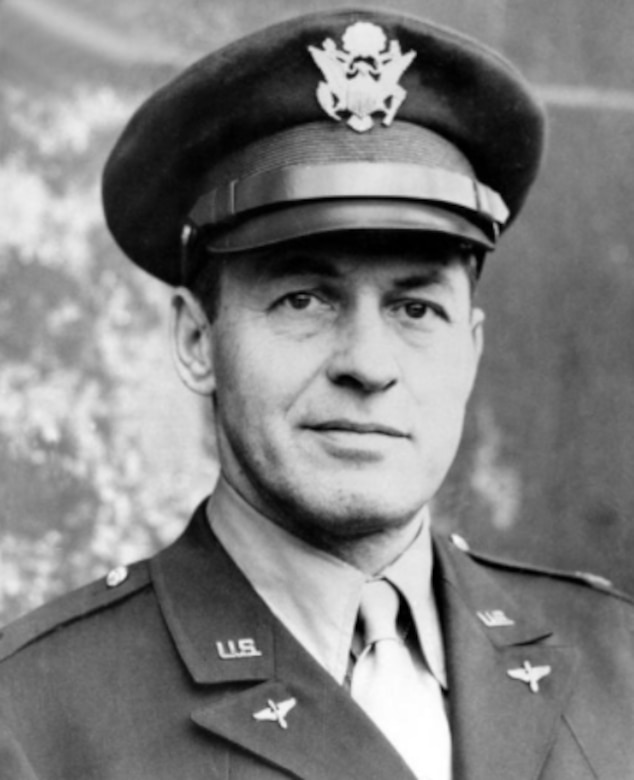
In 1974, Jones was posthumously inducted into the World Golf Hall of Fame.
In 1981, the U.S. Postal Service issued an 18-cent stamp commemorating Jones.
Nov. 3, 2020 | BY Scott A. Thornbloom, Naval Service Training Command Public Affairs
Many of the more than 600 units across the country and in Guam, Japan, Spain and Italy are back to school in one form or another. Some are in socially distanced classrooms or attending via video teleconference applications.
"There are 1,250 Navy Junior ROTC instructors across the globe who are working tirelessly to deliver our citizenship development program to students," said Tim Daseler, Naval Service Training Command deputy commander for NJROTC/NNDCC operations.
"In these extraordinary times, these seasoned leaders are working tirelessly to deliver the program to students in new and innovative ways, and are also assisting and providing bold leadership to principals, counselors and other teachers with the myriad of issues each school faces."
The Navy Junior ROTC and NNDCC are part of the Navy's citizenship program. They are overseen and supported by NSTC, headquartered at Naval Station Great Lakes, Illinois. The program seeks to instill in participating high school students the values of citizenship, service to the United States, personal responsibility and a sense of accomplishment. Navy Junior ROTC and NNDCC strive to build a strong foundation of citizenship within America's future leaders.
The Navy Junior ROTC/NNDCC program is divided into 11 areas. Each area averages between more than 40 to more than 60 high school units. Each unit consists of students, known as cadets, ranging from freshmen to seniors. They are taught the naval science curriculum by a retired U. S. Navy, Marine Corps or Coast Guard officer and retired enlisted service members.
"I am very proud of our cadets' commitment and perseverance with adapting to and operating in this new learning environment. They have remained strong and demonstrated positive attitudes. We're taking great pride working together as a team," said retired U. S. Navy Cmdr. Rick Hamblet, the senior naval science instructor at Vista Ridge High School in Cedar Park, Texas.
"Not competing in live drill competitions has been hard for the cadets to accept, but we are placing our focus on the things we can do, not the things we can't do." said retired U. S. Navy Cmdr. Tim Craddock, SNSI at Washington High School, Indiana.
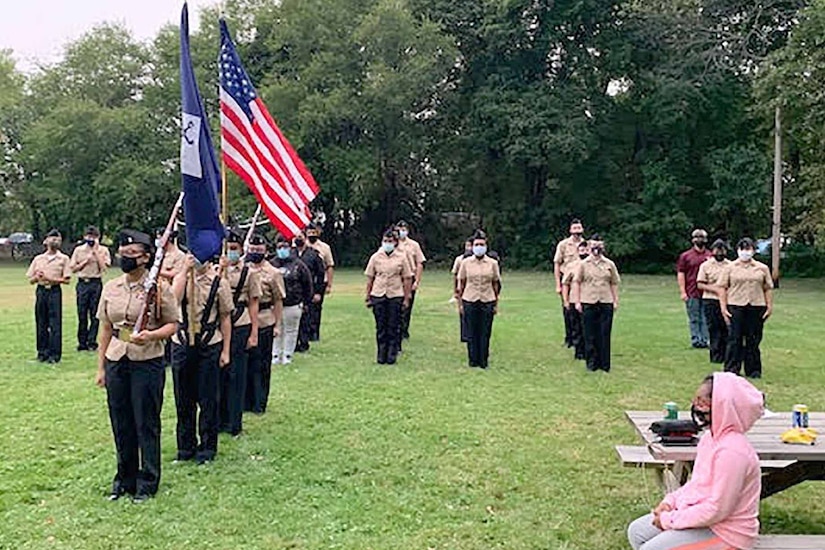
Retired U.S. Marine Corps Lt. Col. Carl Lewandowski said Papillion La Vista High School, Nebraska. is "business as usual" for most of their daily Navy Junior ROTC activities and events.
"Uniforms have been issued. We conduct weekly [socially-distant] personnel inspections and hold student-led drill classes [wearing masks] weekly. Our color guards have presented the nation's colors at our home football games. Athletic events have been modified to maximize student safe distances by substituting planks for sit-ups and other creative activities. Many of these accomplishments are possible by following the 3W policy: wear a mask, watch your distance and wash your hands. Finally, we are able to compete against other schools by participating in postal [air rifle] competitions. Postals were 'remote' before remote was trending!" he said.
The Navy Junior ROTC program was established in 1964. The program is conducted at accredited secondary schools throughout the nation, and taught by instructors who are retired Navy, Marine Corps, and Coast Guard officers and enlisted personnel. The Navy Junior ROTC accredited curriculum emphasizes citizenship and leadership development, as well as America's maritime heritage, the significance of sea power, and naval topics such as the fundamentals of naval operations, seamanship, navigation and meteorology.
In a non-COVID-19 year, classroom instruction is augmented throughout the year by extra-curricular activities of community service, academic, athletic, drill, and orienteering competitions, field meets, flights, visits to naval installations or other activities, marksmanship sports training, and physical fitness training. Electronic classroom equipment, textbooks, uniforms, educational training aids, travel allowance and a cost-share of instructors' salaries are provided by the Navy.
In this "new normal" instructors and cadets have to adapt and overcome several challenges.
Retired U. S. Navy Cmdr. Steve Schulte, SNSI for Zion-Benton Township,
Illinois. unit says it has been difficult teaching and motivating
freshmen new to the program through remote learning.
"We are encouraging freshmen to come to school for ‘office hours' which is allowed by the school. We have been successful in getting about 75 percent of freshmen in to issue uniforms," he said.
But Schulte has also been seeing a few benefits. "It has been a learning experience for our cadet staff in handling adversity. We have challenged them to come up with a way to keep our unit functioning as normal as possible in an abnormal situation. They are working on preparing for pass-in-reviews without full unit participation in practice, developing a remote advancement program for junior cadets among other things," Schulte said.
Recently the Navy Junior ROTC unit at Kecoughtan High School in Hampton, Virginia., was able to work outside on Oct. 7 as the unit cleaned up an area of the city.
"We did an Adopt-A-Spot where we cleaned up streets," said Cadet Julianne Khuu, a senior and the unit's commanding officer, in a video on the school's News Break YouTube channel. "My favorite part was getting out and getting the opportunity to be engaged with the community and allowing myself to be with my cadets cleaning. It was a good experience to come out and get together and still maintain social distance but still help out the community."
Retired U. S. Navy Lt. Cmdr. Kevin Wilson, SNSI of the unit said the Navy and Navy Junior ROTC has three core values — honor, courage and commitment. "These kids were committed to one another and learned to work together as a team and get out cleaning up the neighborhood," he said.